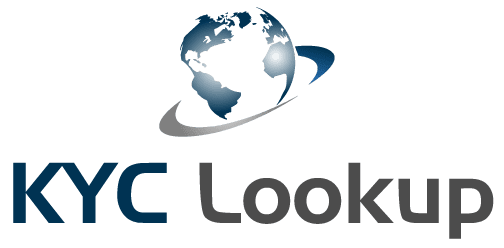12 Apr Understanding and Implementing AML Compliance Programs
Anti-Money Laundering (AML) programs are crucial for maintaining the integrity of the financial sector. They help detect and prevent money laundering activities, safeguarding financial institutions from reputational damage, legal penalties, and financial losses. AML compliance involves implementing policies and procedures to ensure that financial systems are not misused for illegal activities, thus contributing to the stability of the global financial ecosystem.
Understanding AML Compliance Programs
AML compliance programs are essential frameworks comprising policies, procedures, and regulations designed to prevent financial institutions from being used for money laundering and terrorist financing activities. The objectives of these programs include:
- Implementing an internal control system for continuous compliance.
- Conducting independent testing for compliance.
- Appointing a compliance officer for oversight.
- Ensuring ongoing employee training.
- Establishing a risk-based Customer Identification Program (CIP) for verifying customer identities.
The impact of AML compliance programs on the integrity of financial institutions is significant. They help maintain the stability and credibility of the financial system by preventing illicit funds from entering the legitimate financial system. This, in turn, protects the reputation of the institutions and ensures their adherence to legal and regulatory standards. Effective AML programs also contribute to the broader fight against financial crimes, thus supporting the overall security and stability of the global financial ecosystem.
Risk Assessment: The Foundation of AML Compliance
- Identify and analyse potential money laundering risks associated with their customers, products, services, and geographic locations.
- Develop appropriate internal controls to mitigate and manage these risks.
- Ensure compliance with regulatory requirements and maintain the integrity of the financial system.
Key aspects of a risk assessment include:
- Inherent Risks: The level of risk present without considering the effectiveness of existing controls.
- Residual Risks: The level of risk remaining after considering the effectiveness of existing controls.
- Effectiveness of Mitigating Controls: Assessing the effectiveness of controls is crucial in understanding residual risk for each risk area.
- Specific Risk Categories: Identifying risk categories specific to the bank, such as products, services, customers, and geographic locations.
- Analysis of Specific Risk Categories: Analysing information related to these
categories to develop a comprehensive understanding of the bank’s risk profile.
A thorough risk assessment is essential for financial institutions to:
- Understand their exposure to money laundering risks.
- Implement effective measures to mitigate these risks.
- Maintain a robust and effective AML compliance program.
Developing Clear Policies and Procedures
- Clear Documentation: Articulate policies and procedures clearly for everyone to understand and follow.
- Compliance Officer: Appoint a senior-level individual to oversee and manage the AML program.
- Regular Training: Provide ongoing training to all employees on AML policies, procedures, and reporting.
- Periodic Review: Conduct regular reviews to ensure the program is up-to-date and effective.
- Strong Internal Controls: Implement segregation of duties and independent oversight to minimise fraud risk.
- Culture of Compliance: Instil ethical behaviour and encourage reporting of suspicious activities.
Customer Due Diligence: Know Your Customer (KYC)
- Collecting Information: Gather data about the customer’s identity, business, and transaction behaviour.
- Verifying Identity: Confirm the customer’s identity using official documents and digital verification methods.
- Assessing Risk: Evaluate the customer’s risk level based on their profile and activities.
- Continuous Monitoring: Regularly monitor the customer’s transactions for any suspicious activities.
- Record-Keeping: Maintain up-to-date records of customer information and transactions.
Ongoing Monitoring and Suspicious Activity Reporting
- Continuous Monitoring: Constantly observe customer transactions to detect suspicious patterns.
- Rule-Based Monitoring: Use predefined rules to screen transactions for known suspicious activities.
- Exception Handling: Flag transactions that trigger rules or raise suspicion for further review.
- Investigation: Conduct in-depth analysis of flagged transactions to identify suspicious behaviour.
- Reporting: Report confirmed suspicious activities to relevant authorities as per guidelines.
- Case Management: Manage cases that require further investigation.
- Enhanced Monitoring: Continuously adapt monitoring systems to emerging threats and regulatory changes.
Employee Training and Education
- Essential for Compliance: Training equips employees with the knowledge to perform due diligence, recognize unusual transactions, and comply with regulations.
- Broad Coverage: Should cover techniques of money laundering and terrorist financing, regulatory requirements, internal policies, and identifying red flags.
- Continuous Updates: Regular training updates are necessary to keep pace with emerging risks and reinforce best practices.
- New Hire Training: Include AML training in onboarding to establish a compliance foundation from the start.
- Effectiveness Evaluation: Assess training impact through feedback, assessments, and compliance metrics.
- Collaborative Effort: Compliance and HR departments should collaborate to deliver effective training.
Conclusion
Effective AML programs require a commitment to key components such as the appointment of a compliance officer, development of internal controls, establishment of a training program, independent audits and reviews, and performing customer due diligence. It also involves elements like tone at the top, qualified professionals, risk assessments, policies and procedures, reporting, and ongoing monitoring and testing. For financial institutions in the UK looking to enhance their AML compliance efforts, KYC Lookup offers courses and resources to help build and maintain robust AML programs.



No Comments